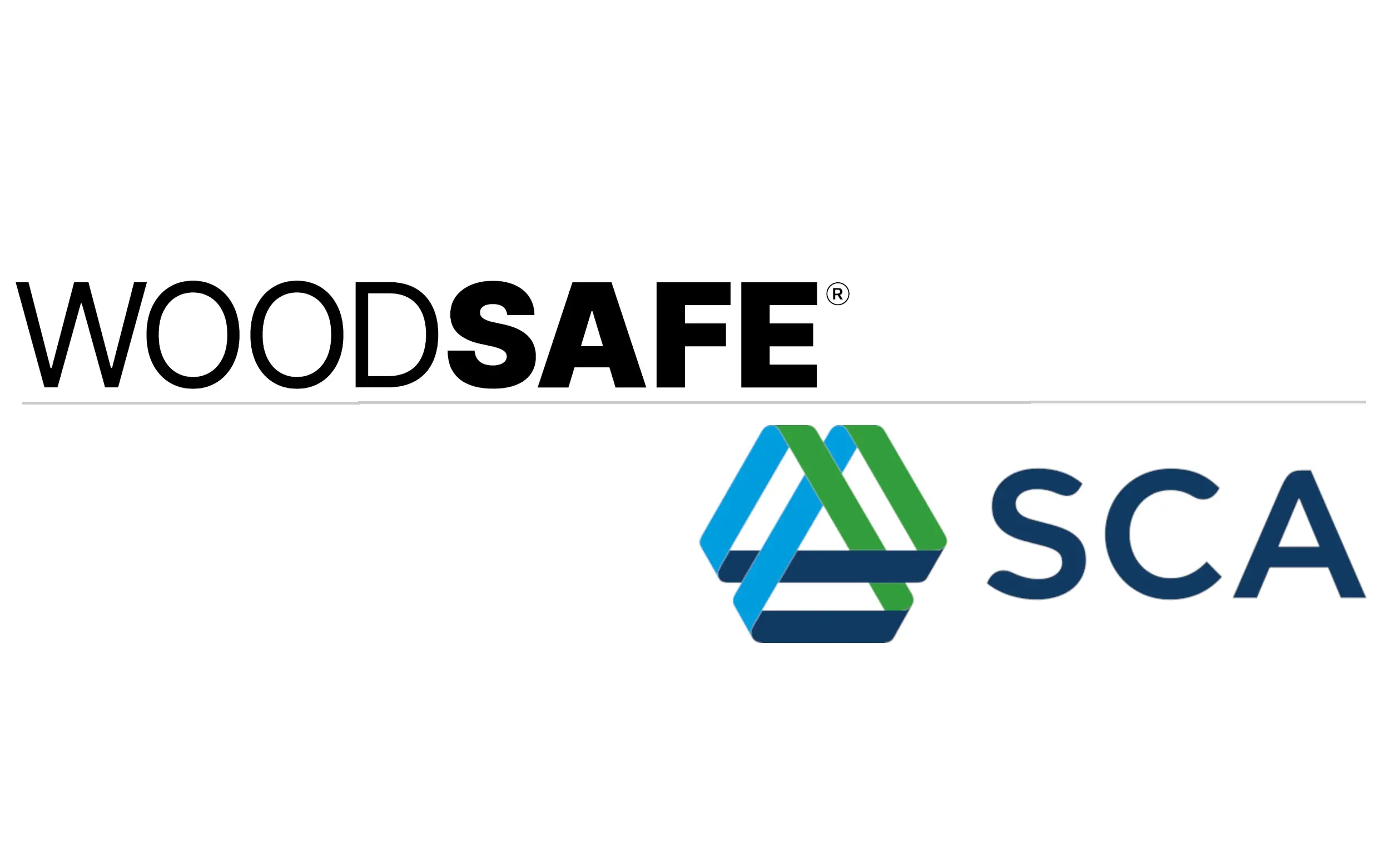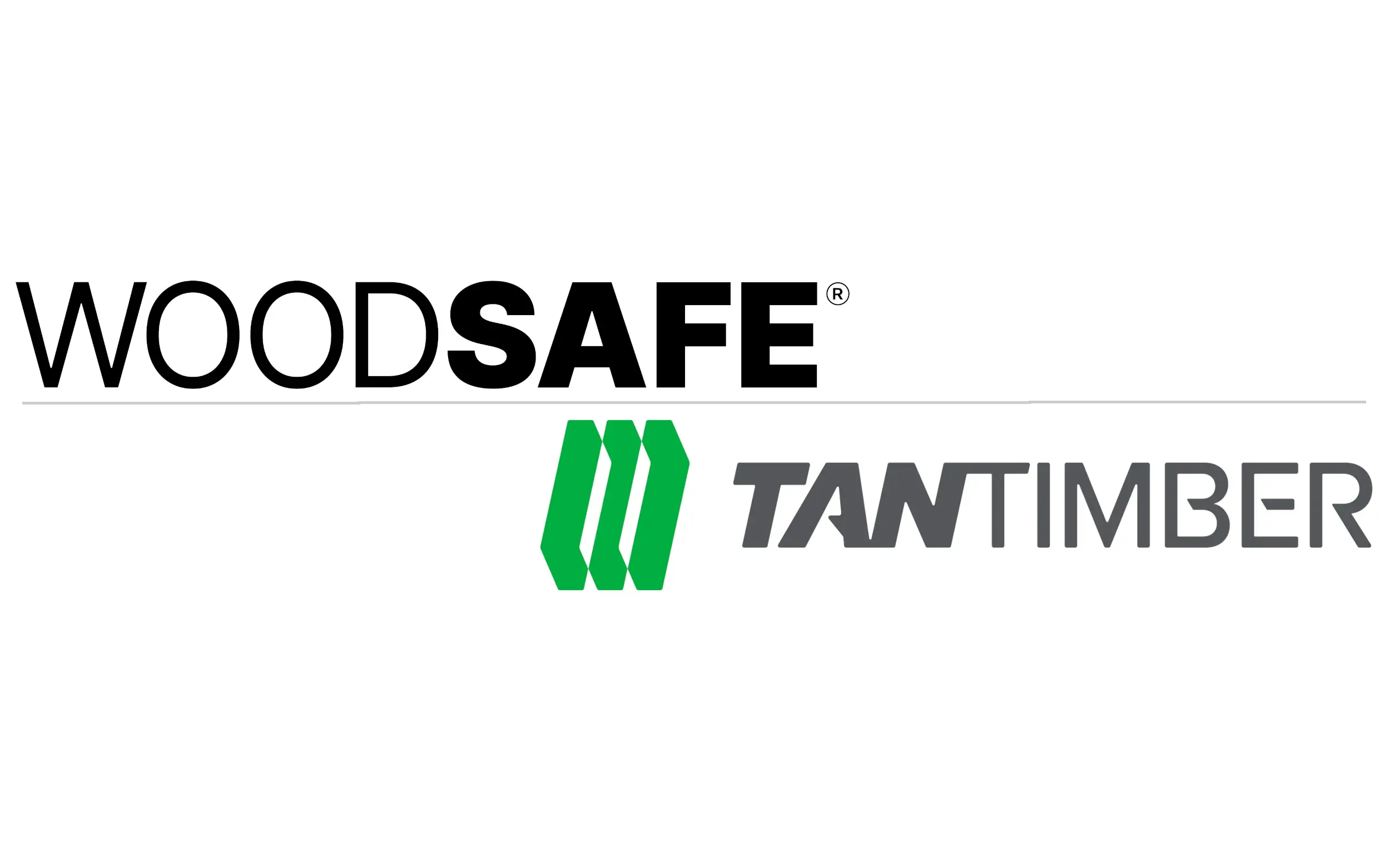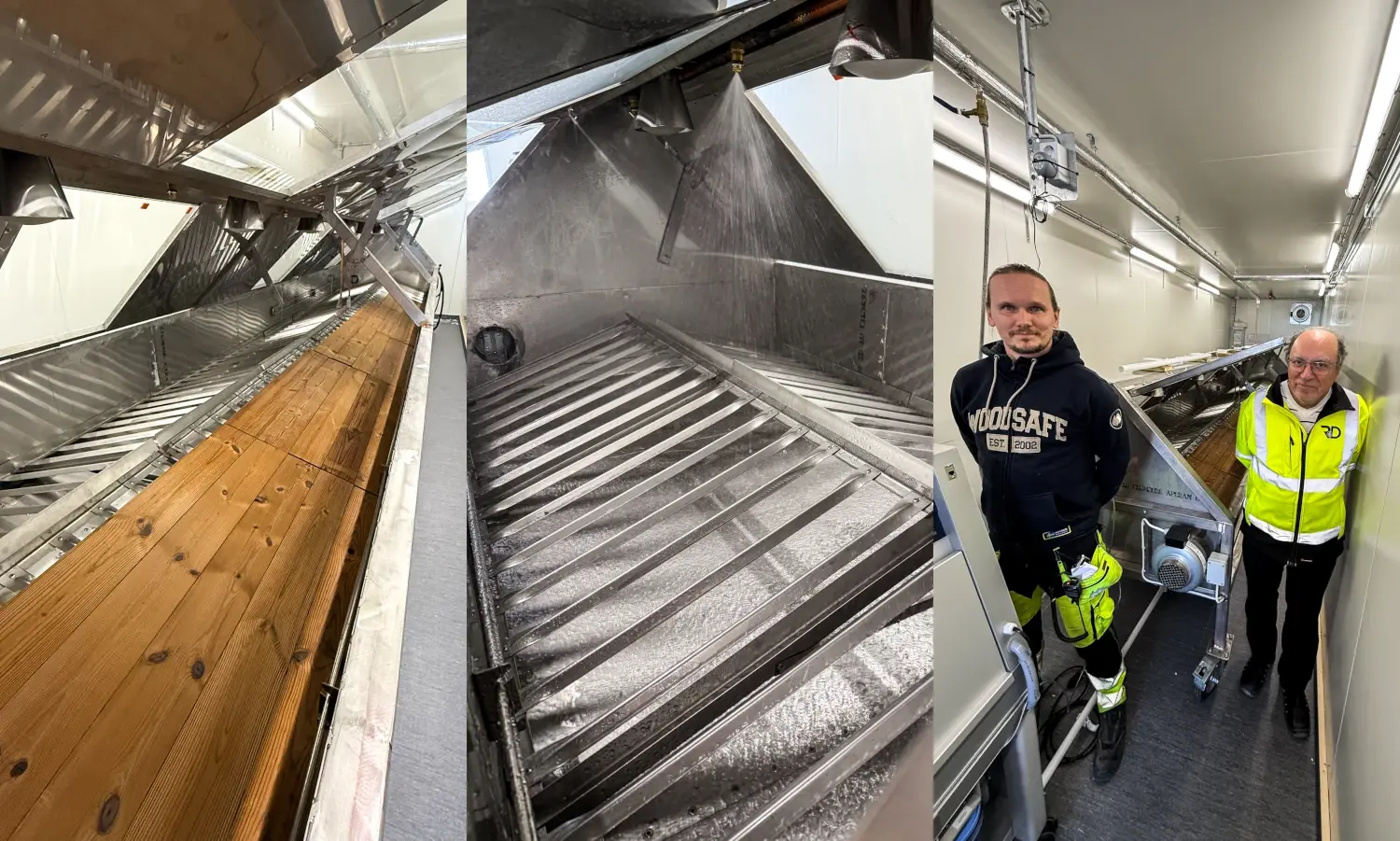Description of features
Fire occurs when balance is achieved between the three elements: fuel – heat – oxygen. By affecting one or more of these elements, fire will not occur, or at least be reduced. WOODSAFE® fire impregnation involves the addition of fire-retardant chemical substances that react when exposed to heat, whereby an oxidation reaction starts and that balance to develop a fire is greatly reduced or completely absent.
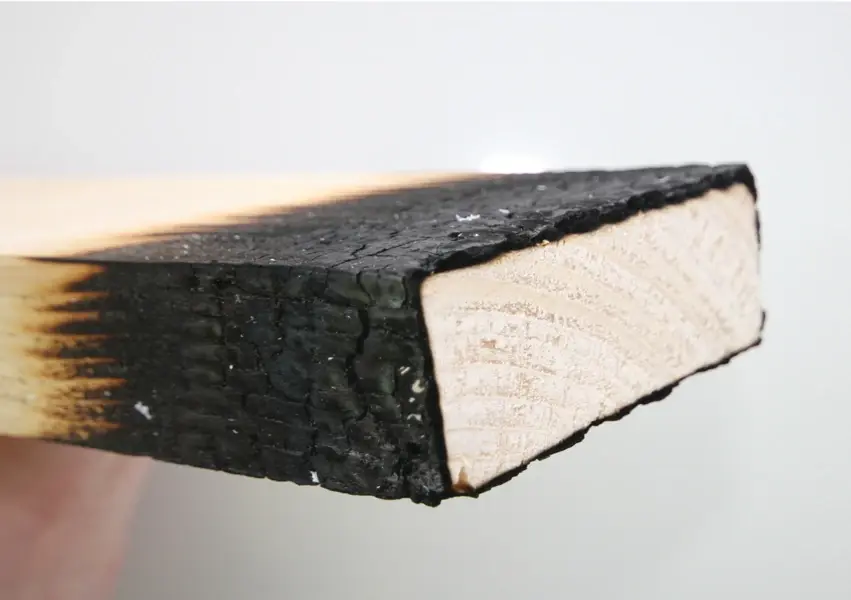
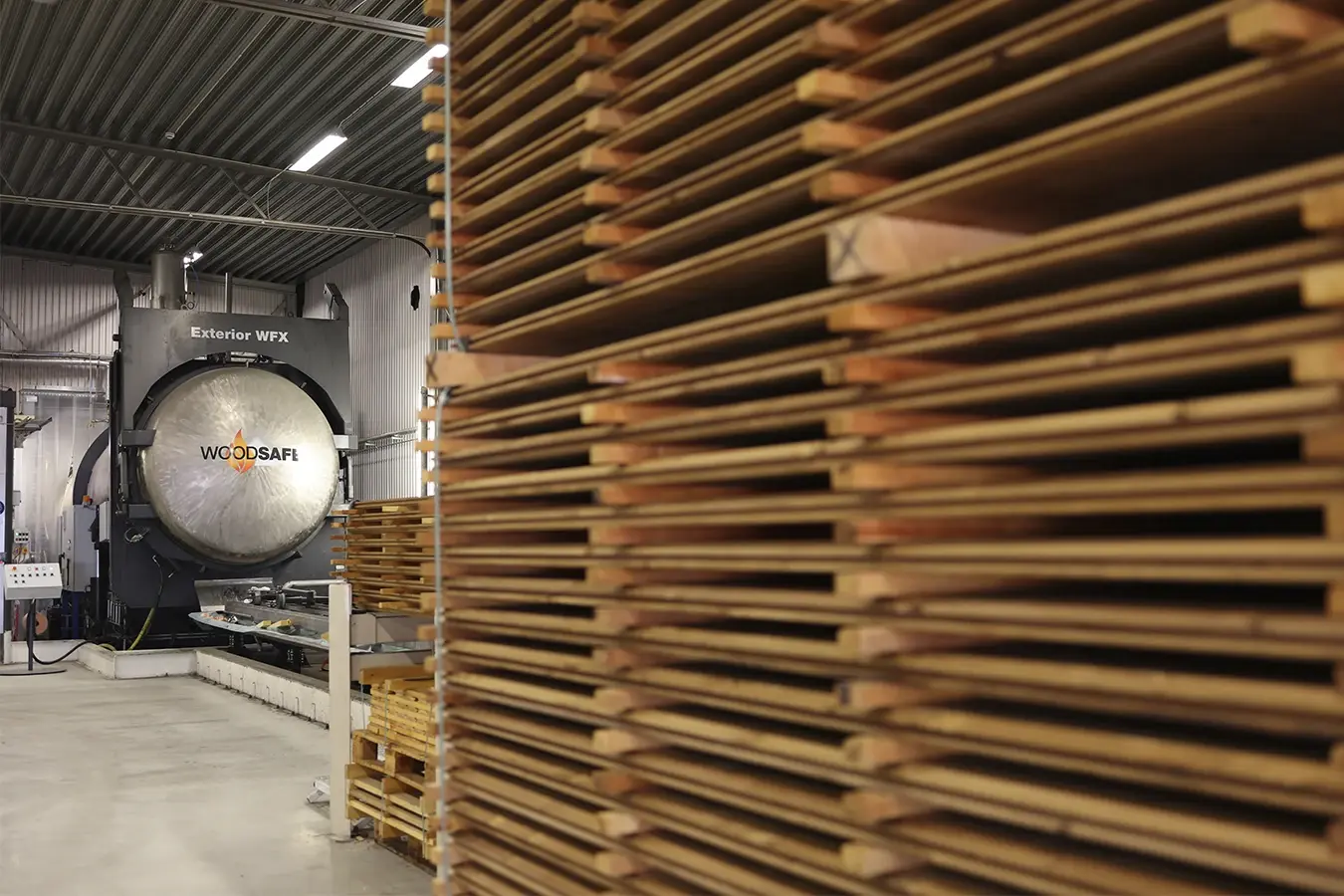
This is how WOODSAFE® works
By impregnating and fixing the fire retardant agent in the cell structure of the wood, there is a passive fire protection that is activated when exposed to heat. In such a situation, a chain reaction is created in the passive fire protection, from which water and carbon dioxide are formed and which creates an imbalance in the fire triangle. The result is that the antipyrolysis gases that are formed and which are the most effective in the process give the growth of fire like burning wet wood i.e. the wood chars but does not burn uncontrollably. The performance that is established in our certificates is thus the type of wood itself, which is achieved where fire impregnation and the type of wood become one with each other. The principle of WOODSAFE® impregnation is the same for SP-Fire 105, B-s1,d0, k210/B-s1,d0. All of these reflect the product, even if each individual wood is not tested specifically against the class.
The wood must contribute to controlled fire progression and minimal smoke production
The decisive difference between fire impregnation and the application of a surface layer such as fire protection paint is to improve the wood's own performance against fire, not an applied surface layer that does not give the wood improved properties.
Requirements for approval differ depending on the system. Fire protection paint provides a surface layer that swells when exposed to heat and thereby removes the heat impact from the surface of the wood product, while WOODSAFE® fire impregnation creates fire protection properties in the wood itself via impregnation and fixation in the wood's cell structure on all sides.
A clear and bold heading
WOODSAFE®
Fireproof wood chars in case of fire
A clear and bold heading
WOODSAFE® v/s fire protection paint
In fire protection documents, the requirement for fire class is described, for example B-s1,d0. In choosing a system to achieve the requirement, there are usually two options.
Fire protection paint is an alternative that forms a film and thus only creates a layer of paint that protects the wood, but it does not change the wood itself. The standard states that the fire protection paint must be applied to a class D carrier, that is, a wood-based substrate regardless of which.
The WOODSAFE® system refines the wood to achieve the fire class in itself. Each individual type of wood is tested and approved for the current fire class. From the factory, the product is delivered CE-marked and type-approved.
WOODSAFE®
WOODSAFE®
-
Each type of wood has a verified fire class
-
The wood itself constitutes fire protection B-s1, d0, (s2), SP FIRE 105, K210/B-s1,d0
-
Does not form a film coating
-
Preserves structure, feel and shade
-
Suitable for harsh environments, e.g. corridors, gyms, sports halls
Fire protection paint, varnish
Fire protection paint, varnish
-
Fire protection paint, -varnish is film-forming
-
The wood is still D-s2,d0
-
Affects structure, feel and shade
-
Sensitive to the natural movement of the wood
-
Sensitive to wear and tear
-
On-site execution not equivalent certification

